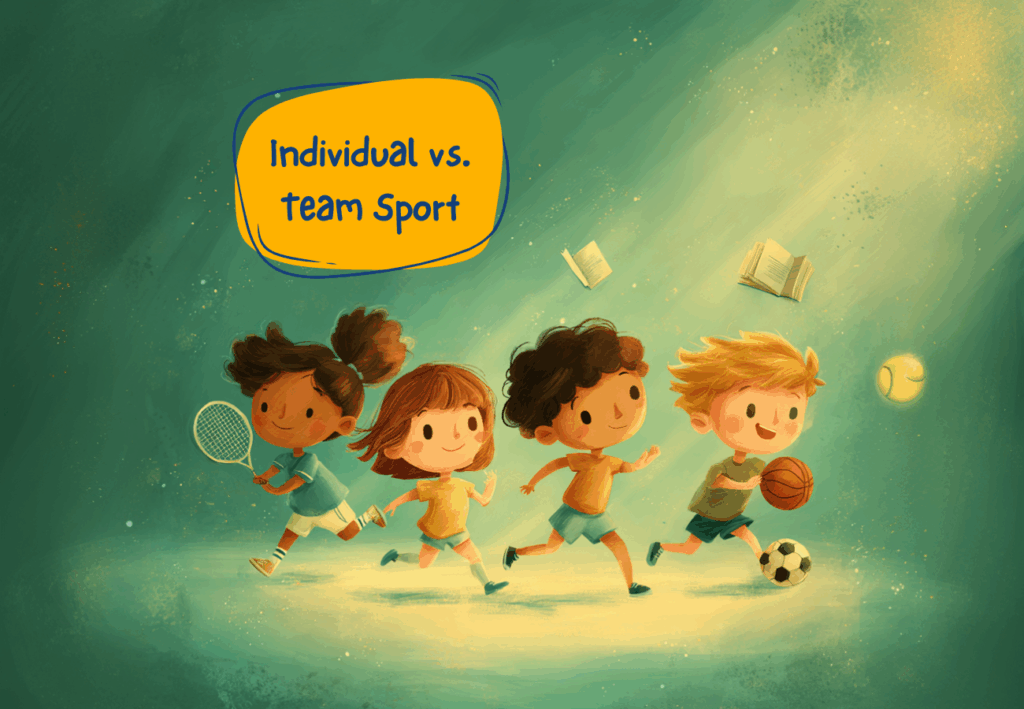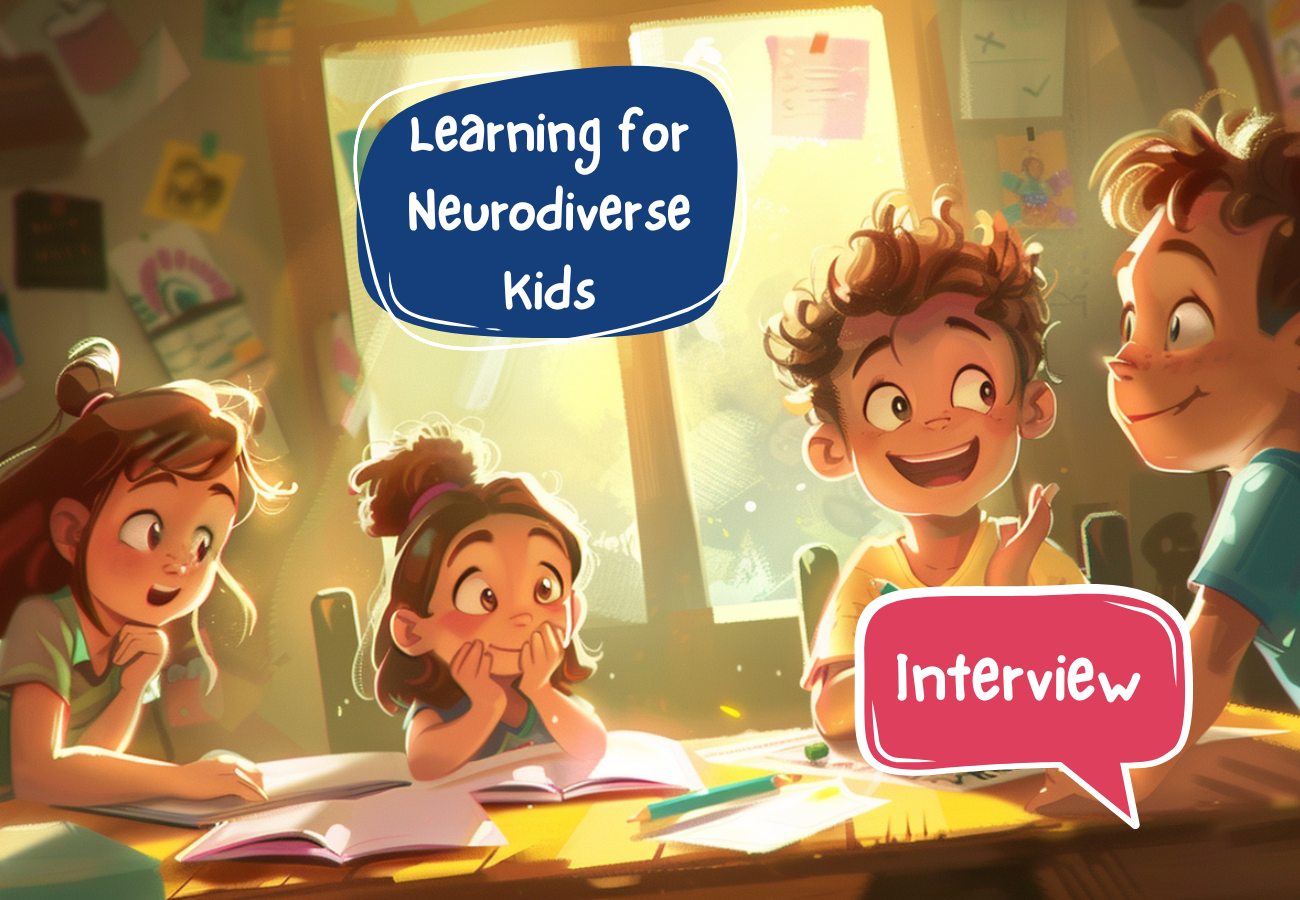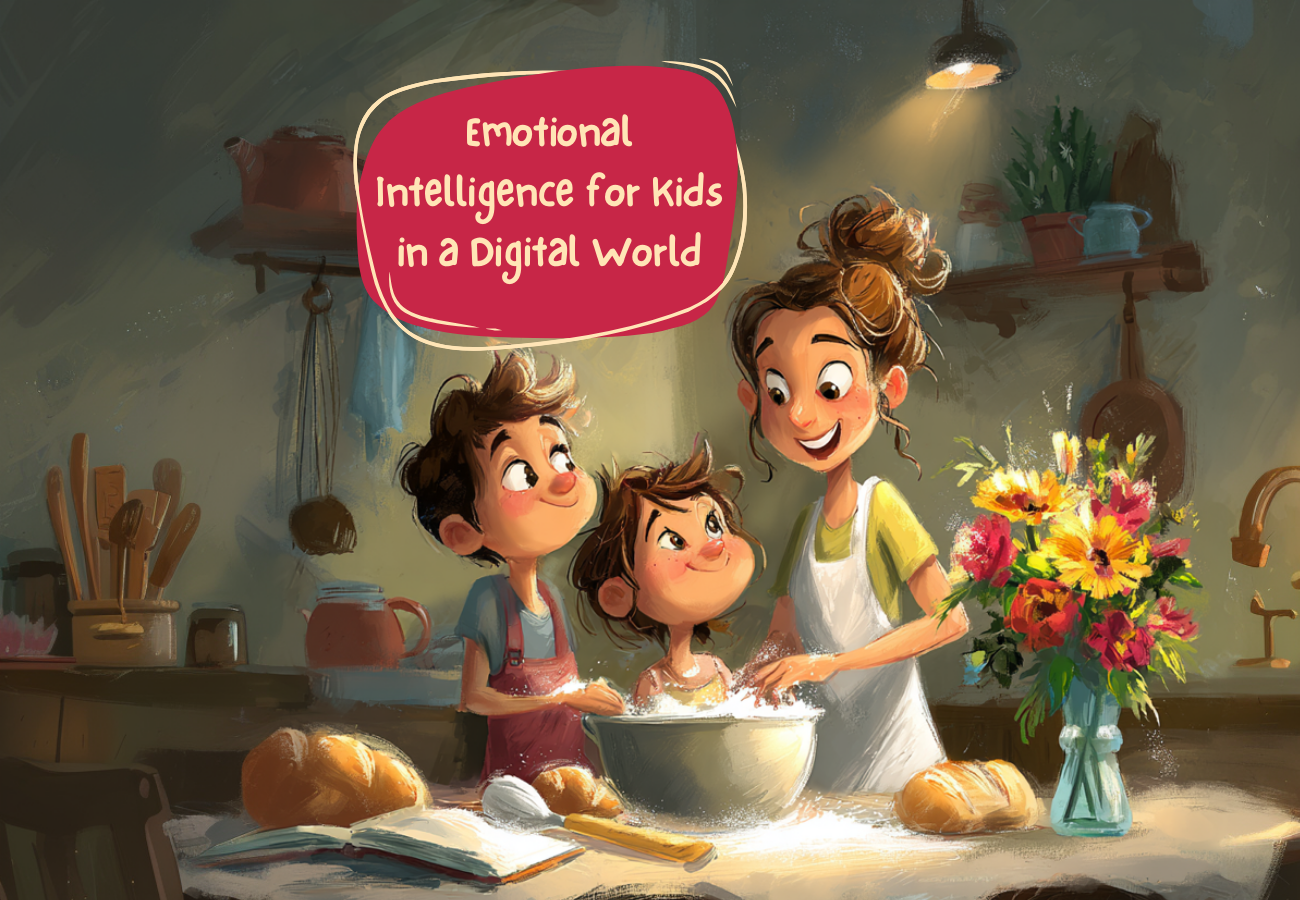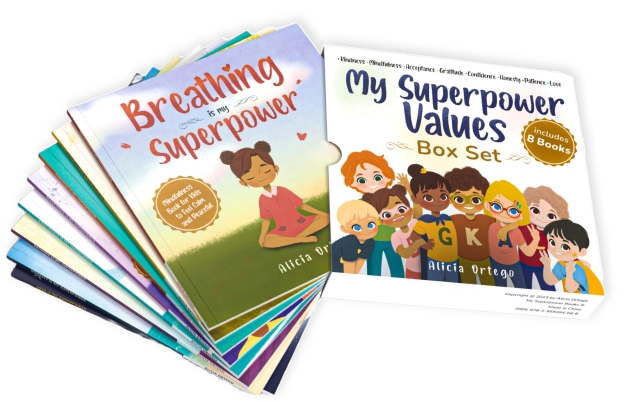Individual vs. Team Sport Activities for Your Kids: Pros and Cons

Helping children stay active and healthy often starts with sports. But deciding between individual or team sports can be tricky. Each type offers unique experiences and developmental benefits, but also has potential drawbacks. Understanding the differences can help you make informed choices based on your child’s personality, interests, and abilities.
What Are Individual Sports?
Individual sports are activities where a single athlete competes alone, relying mainly on their own skills, discipline, and focus. Success is measured by personal performance, such as time, score, or technique.
Examples of Individual Sports:
- Tennis: A racquet sport played one-on-one (singles) or in pairs (doubles). Players aim to hit the ball over the net and into the opponent’s court in a way that is difficult to return. For children, enrolling in a program specifically designed for tennis for kids can help them learn proper techniques, build coordination, and enjoy the game from the start.
- Swimming: Athletes compete in races in a pool, using strokes like freestyle, backstroke, and butterfly. Swimming improves endurance, strength, and overall fitness. Joining a swim school can provide structured lessons and a safe environment for children to develop skills and confidence in the water.
- Gymnastics: Involves routines on apparatus like the balance beam, uneven bars, or floor exercises. Gymnastics enhances flexibility, balance, strength, and concentration.
- Martial Arts: Disciplines like karate, judo, or taekwondo focus on combat techniques, forms, and self-defense. Martial arts teach discipline, self-control, and physical fitness.
- Archery: Involves shooting arrows at a target to score points. Archery improves focus, patience, and precision.
- Track and Field: Includes running, jumping, and throwing events. It builds speed, endurance, coordination, and competitiveness.
- Skateboarding: Performing tricks and maneuvers on a skateboard. It develops balance, creativity, and persistence.
Pros of Individual Sports:
- Builds self-discipline and personal responsibility
- Encourages self-motivation and independent progress
- Boosts confidence through personal achievement
- Focuses on refining skills and technique
- Flexible training schedules
Cons of Individual Sports:
- Limited social interaction
- Greater pressure on personal performance
- Motivation can be challenging without peers
- Less opportunity to learn teamwork
What Are Team Sports?
Team sports are games where kids play together, working as one to reach the same goal—like scoring points or winning a match. It’s not just about individual skills, but about learning how to support each other and succeed as a group.
Popular Team Sports for Kids
- Soccer – Two teams try to kick the ball into the opponent’s net. Great for building stamina, teamwork, and smart thinking on the go.
- Basketball – Players shoot the ball through the hoop to score points. This sport sharpens agility, coordination, and clear communication.
- Baseball – One team bats while the other fields. It teaches patience, focus, and how to rely on each other.
- Volleyball – Teams hit the ball back and forth over the net, aiming to land it on the other side. Perfect for quick reflexes, coordination, and group spirit.
- Ice Hockey – Played on skates with a puck and sticks. It’s all about speed, strategy, and sticking together.
- Football – Teams move the ball across the field to score touchdowns. Kids learn strength, teamwork, and strategy.
Why Team Sports Are Great
- Kids practice social and communication skills
- They learn leadership and cooperation
- Shared goals make challenges less stressful
- Regular training builds discipline
- Playing with friends keeps kids motivated and having fun
Challenges of Team Sports
- Success depends on the whole team, not just one player
- Less focus on individual progress
- Team conflicts or rivalries may appear
- Fixed schedules leave less flexibility
How to Pick the Right Sport for Your Child
- Personality: Outgoing kids may love soccer or basketball, while more introverted ones might feel better in swimming or tennis.
- Physical strengths: Children with lots of energy may enjoy track, while those with balance and coordination can shine in gymnastics or basketball.
- Explore: Let kids try different sports before they choose their favorite.
- Fun first: If they enjoy the sport, they’ll want to keep playing.
- Balance: Think about time and energy. Team sports usually need regular practice, while individual sports can be more flexible.
Emotional Development Matters:
Alongside physical activity, it’s important for children to develop social-emotional skills. A recent release, Respect Is My Superpower by Alicia Ortego, gently teaches children about respect, manners, and building healthy friendships. This book complements sports by helping kids grow into responsible, attentive, and polite athletes—children who not only move skillfully but also respect others.
Combining Individual and Team Sports
Many families combine both types. For example, a child might play soccer during the school season (team sport) and take tennis or martial arts classes in the off-season (individual sport). This approach develops both personal discipline and social skills, creating a well-rounded athletic experience.
Conclusion
Individual and team sports each offer valuable experiences. Individual sports build self-reliance, confidence, and skill refinement, while team sports teach social interaction, collaboration, and leadership. By understanding your child’s personality, interests, and abilities, you can support them in finding the right sport—or combination of sports—to stay active, healthy, and happy.
Ultimately, the best sport is one your child loves, whether swinging a tennis racket solo or scoring goals with teammates. Encouragement, guidance, and flexibility ensure your child thrives on and off the field.
And finally, sports build the body, while books like Respect Is My Superpower by Alicia Ortego help build the heart. Together, physical activity and reading create a powerful synergy: exercise strengthens the body and character, while literature teaches kindness, respect, and true teamwork. Encouragement, guidance, and flexibility ensure your child thrives both on and off the field.
More articles

Creating Joyful Learning for Neurodiverse Kids: A Homeschooling Mom’s Journey with Alicia Ortego Books
A New Path in Education We always love hearing how our books support children and parents around the world. Recently, we spoke with a mom of three neurodivergent boys and the founder of Backyard Academy. Every day, she looks for creative ways to approach learning and parenting, and she shared with us how Alicia Ortego’s […]

How to Nurture Your Child’s Emotional Intelligence in the Digital Age
Raising children today is nothing like it was in the 90s. Children in the 90s spent the majority of their time playing outdoors with neighbors or going to the local library or the beach. In that era, screen time mostly centered around TV, cable, or video games. But things are quite different in 2025. Kids […]

Summer Books for Kids – Best Picture Book Picks
Summer is filled with sunshine, adventures, and long afternoons that are perfect for reading. If you’re looking for summer books for kids, this guide will help you choose stories that bring fun and meaning to the season. Why Summer Books for Kids Are a Great Choice A few carefully chosen kids summer books can: Best […]



